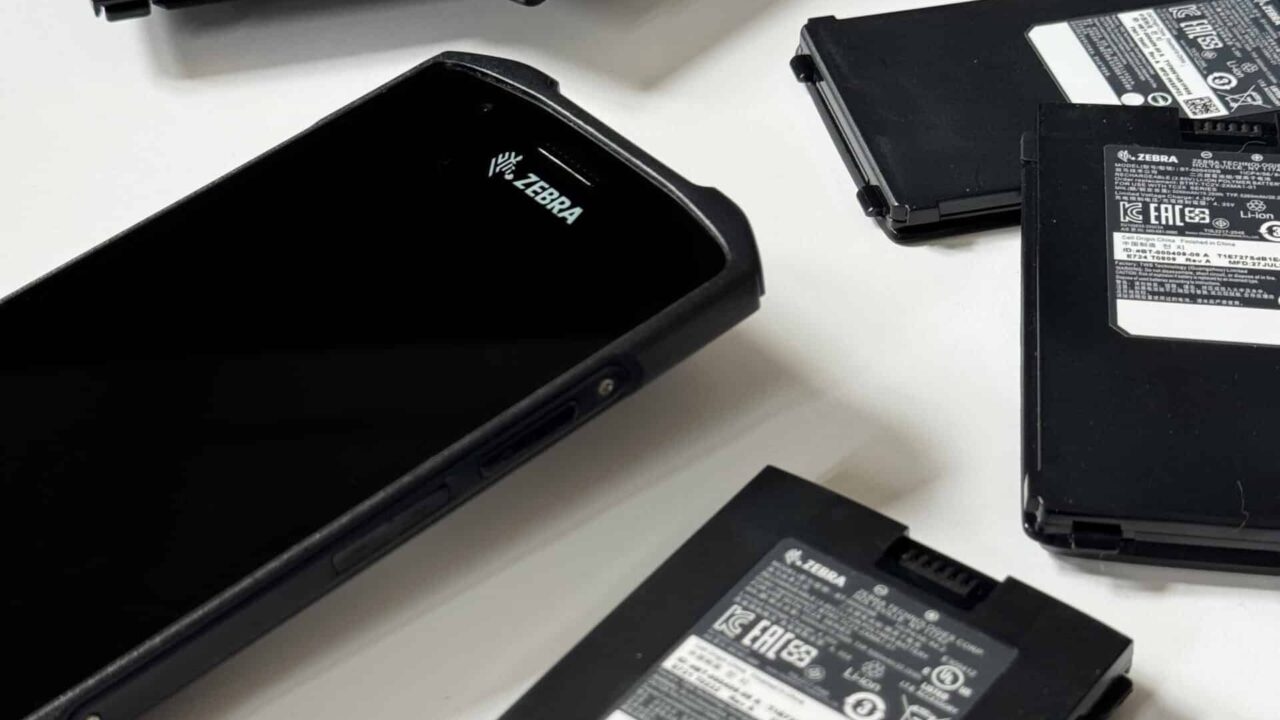Many businesses equip their employees with essential tools like tablets and scanners to maintain productivity and efficiency. However, as these devices age and undergo heavy use, battery health deteriorates, leading to significant operational disruptions. Declining battery function affects device performance and employee efficiency while increasing organizational costs. Understanding the impact of poor battery health and exploring strategies to mitigate these issues is crucial for maintaining operational efficiency and reducing business expenses. By proactively addressing battery health, businesses can minimize downtime, lower maintenance costs, and enhance the longevity and reliability of their devices.
Poor battery health refers to the diminished capacity of a battery to hold a charge and deliver power efficiently. This could manifest as devices needing more frequent charging, shutting down unexpectedly, or indicating inaccurate battery percentage readings. Several factors contribute to poor battery health–frequent charging and discharging cycles reduce a battery’s overall lifespan, while the use of non-original chargers can damage battery cells and reduce the device’s efficiency. Additionally, exposure to extreme temperatures, which are common in many employee environments, can significantly degrade battery performance. Continuous use of power-intensive applications further accelerates battery wear.
These issues lead to significant operational disruptions. Devices with poor battery health can shut down unexpectedly or require frequent charging, leading to downtime. Employees may find themselves needing to replace their batteries or devices altogether multiple times per day, causing them to sign in and out of their applications frequently. When employees spend time managing these device issues, it detracts from their primary tasks and can lead to missed deadlines, decreased morale, and lower overall productivity.

Device management systems can play a pivotal role in maintaining the health of employee devices. These systems provide real-time insights into device usage and battery status, enabling proactive maintenance and management. Innovative device management systems, like ARC®, offer several features that help maintain battery health. For instance, ARC’s proprietary OptiCharge® technology ensures that only the maximum allowable charge is delivered to each device during its charging cycle, preventing overcharging and extending battery life. Automated alerts generated by employee feedback notify leadership when a device’s battery health declines or needs replacement. As an added benefit, secure storage in intelligent locker systems prevents physical damage and theft.
Maintaining the health of employee device batteries is important for sustaining productivity and operational efficiency. Fully functioning devices also boost employee engagement, as reliable tools allow workers to focus on their tasks without technical disruptions. According to our recent study, employees with functional devices are significantly more productive, showing that optimized technology can improve productivity by up to 21%. Businesses can reduce the risks of poor battery health by adopting best maintenance practices and using a device management system like ARC. ARC not only monitors and maintains battery health but also encourages responsible device handling and minimizes the need for excess device inventory, leading to significant cost savings.
Don’t let poor battery health disrupt your operations. Embrace the benefits of a robust device management system like ARC and ensure your devices are always ready to perform. Visit experienceARC.com to learn more about how ARC can enhance your business’s device management strategy.



